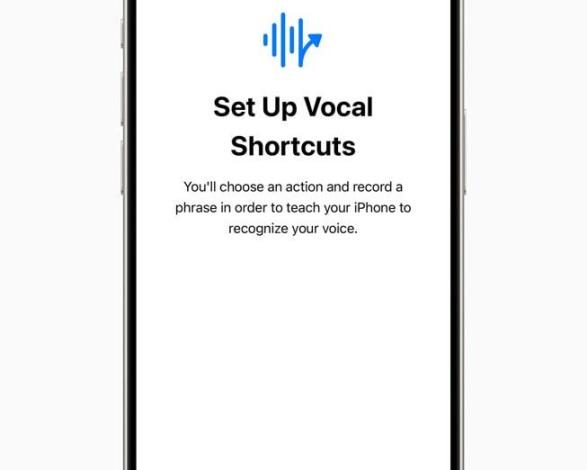Apple Pay and Inclusive Design: Building Accessible Financial Services

Apple Pay and Inclusive Design: Building Accessible Financial Services
Introduction
In today’s digital era, financial services are playing a crucial role in our lives. From paying bills to managing our expenses, online banking has become a convenient option for many. However, creating inclusive and accessible financial services is equally important for individuals with disabilities. One solution that stands out in this aspect is Apple Pay and its commitment to inclusive design.
The Power of Inclusive Design
What is inclusive design?
Inclusive design refers to the design and development of products and services that can be used by as many people as possible, regardless of their abilities or disabilities. It aims to provide a seamless user experience for individuals with different needs and preferences.
Why is inclusive design important for financial services?
Financial services are an essential part of our daily lives, and making them accessible to everyone is paramount. By incorporating inclusive design principles, financial institutions can ensure that individuals with disabilities can independently manage their finances, make secure transactions, and access essential banking features.
Apple Pay: Bridging the Gap
How does Apple Pay make financial services more accessible?
Apple Pay is not just convenient; it also addresses the barriers faced by individuals with disabilities. Through its intuitive interface and built-in accessibility features, Apple Pay makes it easier for users to manage their finances. Features like VoiceOver, for example, allow visually impaired users to navigate and perform transactions effortlessly.
What makes Apple Pay stand out in terms of inclusive design?
Apple is known for its commitment to accessibility across all its products and services, and Apple Pay is no exception. The design team at Apple focuses on providing a consistent and accessible user experience for all users, regardless of their abilities. From clear, high-contrast visual cues to ensuring compatibility with assistive technologies, Apple Pay is designed to be inclusive from the ground up.
The Future of Inclusive Financial Services
How can we encourage other financial institutions to adopt inclusive design?
While Apple Pay sets an excellent example, it is essential for other financial institutions to follow suit. Advocacy plays a vital role in promoting inclusive design practices. By raising awareness, sharing success stories, and emphasizing the advantages of inclusive design for both the business and users, we can inspire financial institutions to prioritize accessibility and provide inclusive financial services.
What are the benefits of inclusive financial services?
Inclusive financial services not only empower individuals with disabilities but also lead to improved customer satisfaction and loyalty. By accommodating the needs of all users, financial institutions can tap into a larger customer base and create positive brand associations. Inclusive design also encourages innovation and drives the evolution of better and more accessible technologies.
Conclusion
Inclusivity and accessibility should be at the forefront of the design and development of financial services. Apple Pay’s commitment to inclusive design sets an inspiring example, making financial management more accessible and empowering for individuals with disabilities. By embracing inclusive design, financial institutions can create a more inclusive future, where everyone can independently and confidently manage their finances.
Remember, inclusive design goes beyond Apple Pay. It is a principle that should guide the development of all digital products and services, ensuring accessibility for all.
Frequently Asked Questions (FAQs)
Q1. Is Apple Pay only for Apple device users?
No, Apple Pay is available on various Apple devices like iPhones, iPads, Apple Watches, and MacBooks. However, many financial institutions also offer their own mobile payment solutions for users on different platforms.
Q2. Can individuals with disabilities use Apple Pay easily?
Yes, Apple Pay incorporates several accessibility features like VoiceOver, Magnifier, and larger text options, which make it easier for individuals with disabilities to use the service independently.
Q3. Are there any transaction limits on Apple Pay?
Transaction limits for Apple Pay may vary depending on the financial institution and the type of transaction. It’s best to check with your bank or credit card provider for specific details.
Q4. Is Apple Pay secure?
Yes, Apple Pay prioritizes security and uses various measures to protect users’ financial information. It utilizes tokenization technology for secure transactions and requires biometric authentication, such as Touch ID or Face ID, to authorize payments.
Q5. Can I link multiple debit or credit cards to Apple Pay?
Yes, Apple Pay allows users to link multiple debit or credit cards to their Apple Wallet. This gives users the flexibility to choose which card to use for specific transactions.
By highlighting the importance of inclusive design and showcasing Apple Pay as an exemplary solution, this blog post aims to educate readers about the value of accessible financial services. The inclusion of relevant FAQs provides valuable information to readers, addressing common concerns and queries.